The company's PowerVR chips have long dominated the mobile embedded graphics market, but the new SGX543MP processors released this week aim to deliver "high-performance console and computing devices" according to a press release issued by the company today.
The company has expressed a desire to push out of the embedded space and into the desktop computing market dominated by NVIDIA and AMD's ATI. Imagination's partnership with Apple may help on that front, as the iPhone family expands upward and as Apple develops technologies that abstract the the CPU and GPUs and makes multi-core processors more broadly usable to general purpose developers, and not just those with specific expertise in coding for multiprocessing.
Imagination's new processor design "maintains the highest performance per mW," a phrase familiar to observers of Apple's Intel transition; Steve Jobs noted at the time that Intel's new Core CPUs offered not just speed, but power efficiency, a critical factor in making them attractive to to the kinds of applications Apple had in its roadmap.
The new graphics cores also support "scalable GP-GPU compute power, which can be fully utilised through all Khronos APIs including OpenGL ES 2.x, OpenVG 1.x and OpenCL." General Purpose GPU computing using OpenCL is one of Apple's core strategies in delivering Snow Leopard, and will also play a factor in the company's mobile devices, unlocking new potential for mobile developers.
Last December, Apple was officially cited as both the mysterious PowerVR licensee that had obtained the rights to use Imagination's current and future graphics and video processing cores in its forthcoming "System on a Chip" designs, as well as an investor, taking a 3% stake in the company. Jobs had earlier noted that Apple had acquired fabless chip design firm PA Semi in order to develop new chips for its iPod and iPhone products.
The next hardware revision of the iPhone, expected this summer, appears set release a major new architecture change, which may include the first fruits of Apple's work at PA Semi.
 Prince McLean
Prince McLean

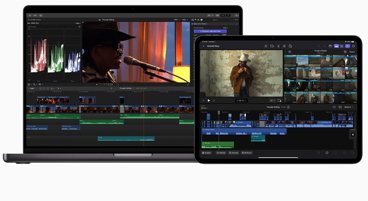
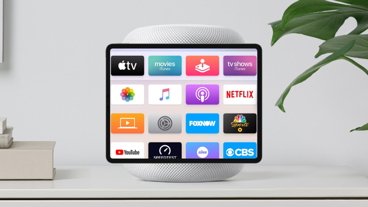


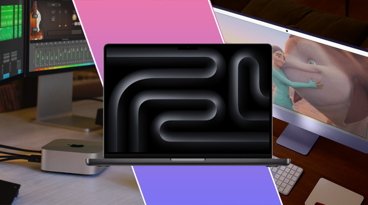






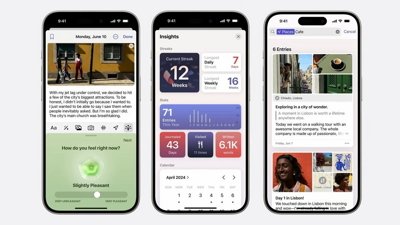
 Charles Martin
Charles Martin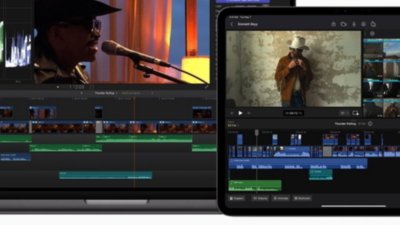
 Marko Zivkovic
Marko Zivkovic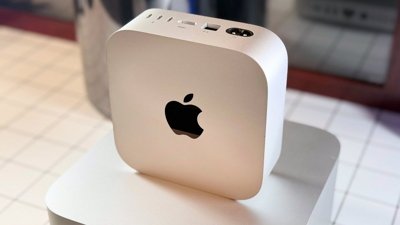
 Mike Wuerthele
Mike Wuerthele
 Malcolm Owen
Malcolm Owen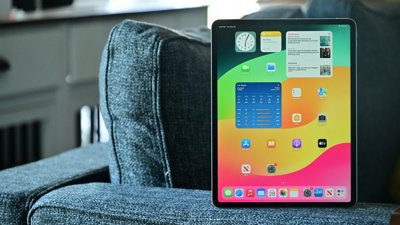
 Andrew Orr
Andrew Orr
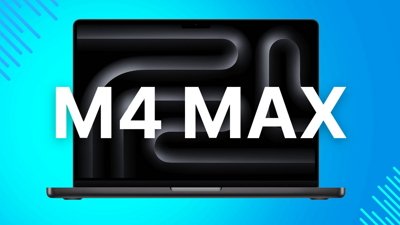
 Christine McKee
Christine McKee
 William Gallagher
William Gallagher








38 Comments
I see the chip as more suitable for a Netbook class device.
Anyone know how much more power this multi-core chip would consume compared to the current iPhone chip?
I assume it is too much for an iPhone, maybe not for a Tablet.
A lot of things *may* happen
I think Apple should go with nVidia on this one
I don't see what a quadcore chip should be used for in an iPhone.